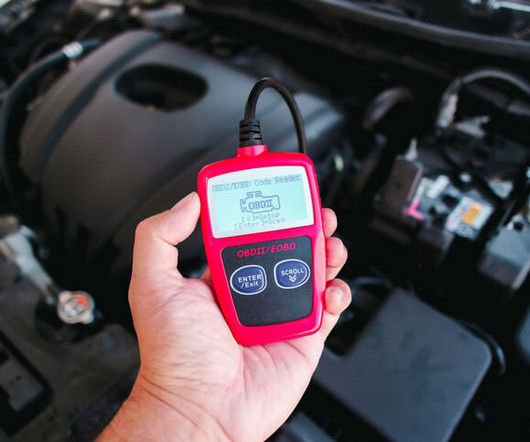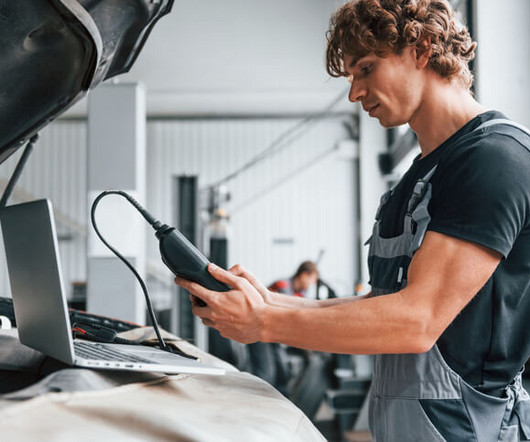The Power of Process: How Following Proper Auto Mechanic Training Diagnostic Order Saves Time and Money
Automotive Training Centre
JUNE 10, 2025
If you’ve ever watched an experienced auto mechanic training graduate in action, you might notice one important habit: they never skip steps. That’s because rushing into repairs without following a structured diagnostic process often leads to wasted time, misdiagnosis, and unnecessary part replacements.











Let's personalize your content